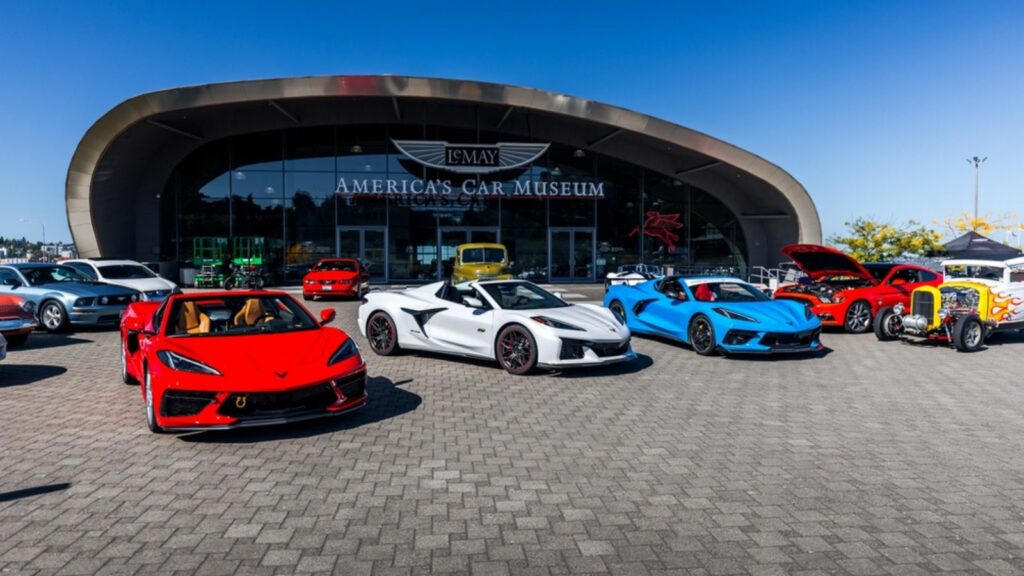Redesigns are mystical powers in the car industry. They revive a car’s fading image and keep it competitive in the ever-changing market. Redesigns include changing the car’s appearance, incorporating new technologies, and addressing previous faults. However, not all redesigns are enthusiastically accepted by the public. Some provoke negative reactions due to drastic changes. Here are 15 such cars that ended up in controversy due to redesign.
Ford Mustang (1974)
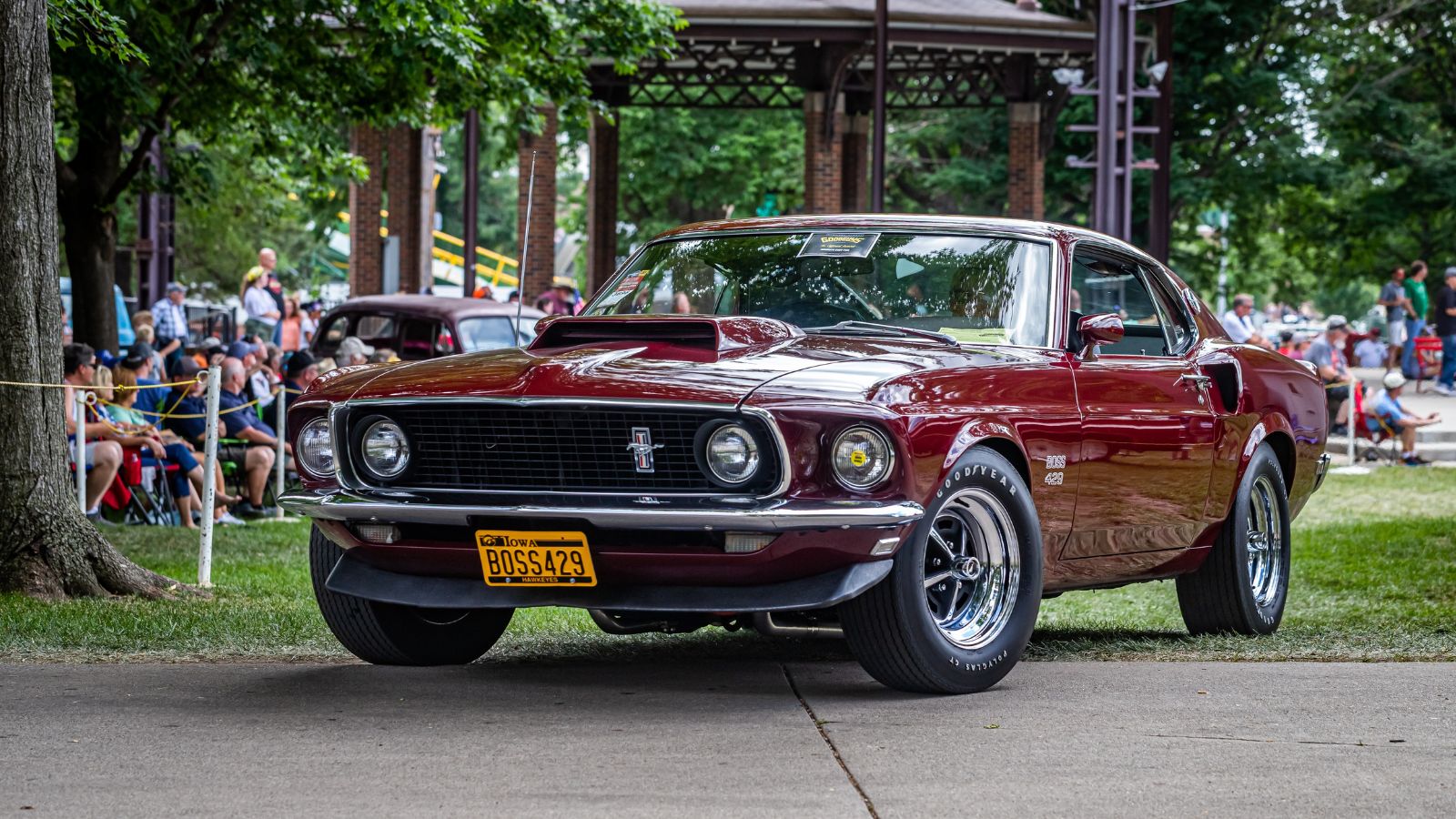
The 1974 redesign of the Ford Mustang introduced the Mustang II, which was a significant departure from its predecessors. Prompted by the 1973 oil crisis, Ford downsized the Mustang, basing it on the compact Pinto platform to enhance fuel efficiency—however, this outraged enthusiasts due to the substantial reduction in power and performance. The Mustang II was smaller, less aggressive, and offered a four-cylinder engine option, which many felt betrayed the muscle car legacy of earlier models.
Chevrolet Camaro (2002)
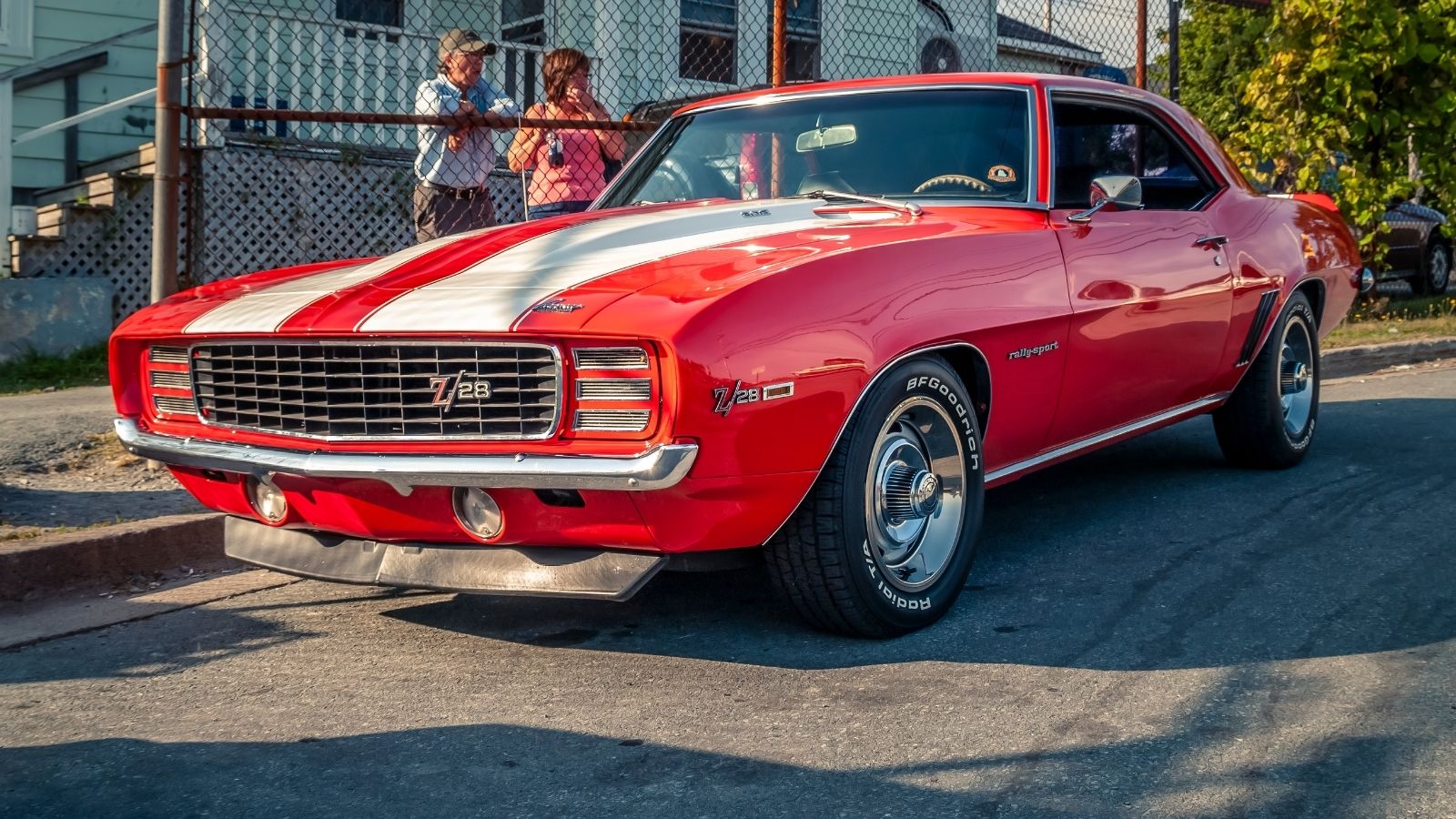
The 2002 Chevrolet Camaro, part of the fourth generation, diverged considerably from the classic car design. This model featured a more angular and modern appearance, dividing fans. While some appreciated the fresh take, others lamented the departure from earlier models’ iconic, curvy design. These changes aimed to modernize the car, but sales declined, leading to the model’s hiatus in 2002.
Jeep Cherokee (2014)
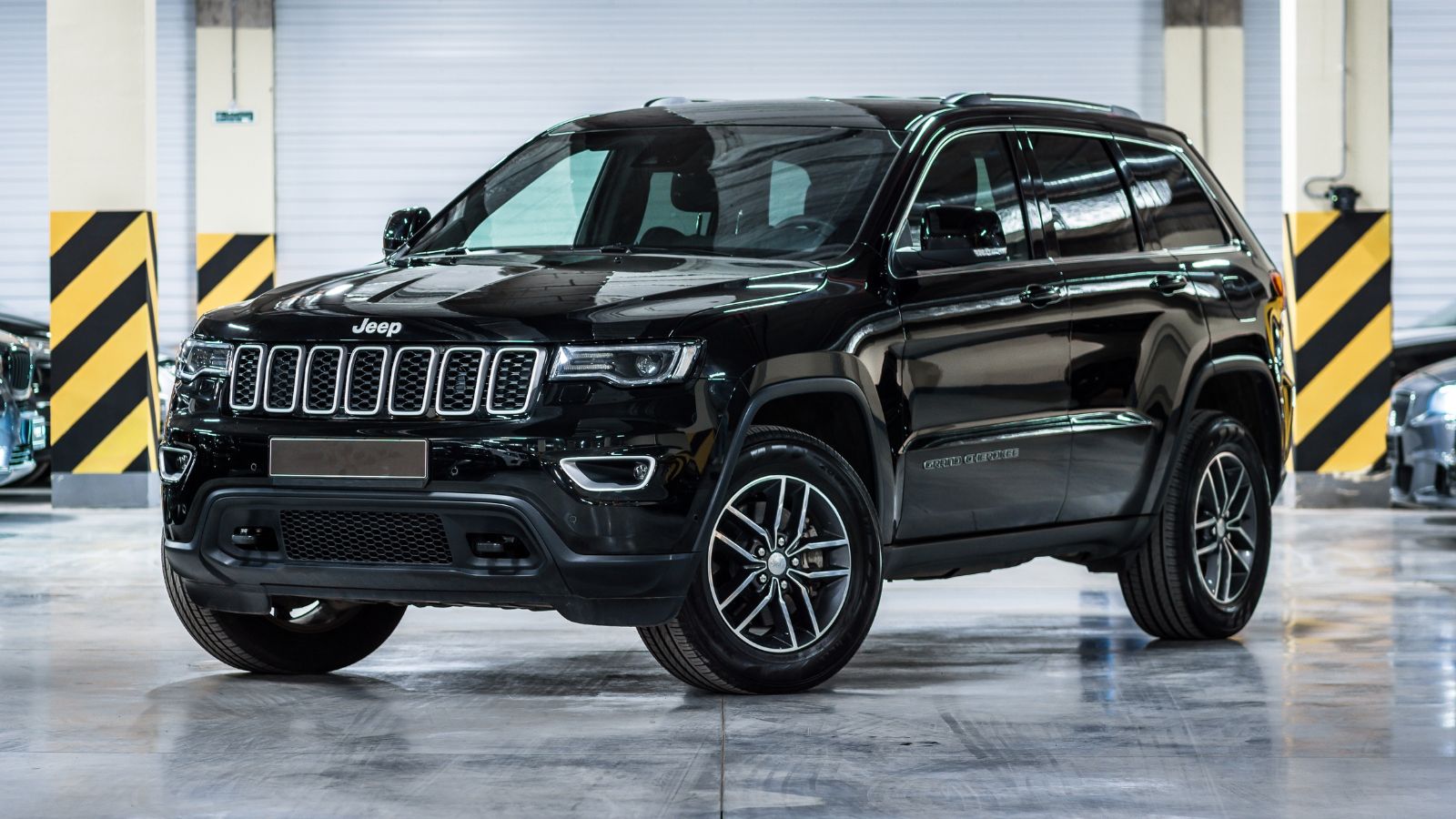
The 2014 Jeep Cherokee significantly departed from its boxy predecessors, featuring a more aerodynamic look with slim headlights and a sleek profile. Jeep fans criticized it for removing the rugged, stern look that defined the Cherokee. Despite the backlash, the new design appealed to a broader audience and boosted sales.
Porsche 911 (1998)
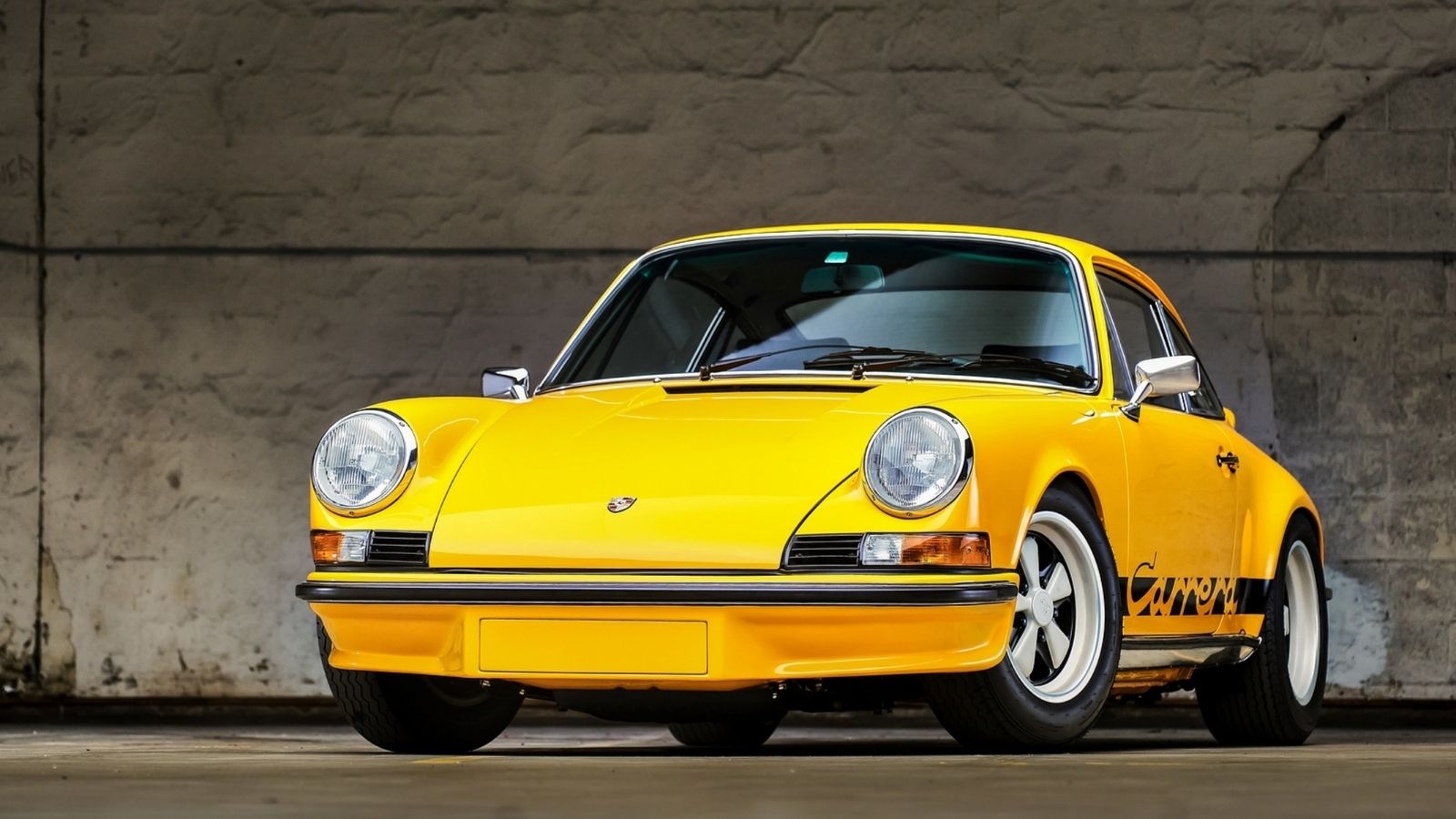
The 1998 Porsche 911, known as the 996 generation, introduced significant changes that upset purists. The most notable change was the switch from air-cooled to water-cooled engines, ending a long tradition. The “fried egg” headlights were also controversial. Despite the initial resistance, the 996 paved the way for future advancements and remains a crucial chapter in the 911’s history.
BMW 7 Series (2002)
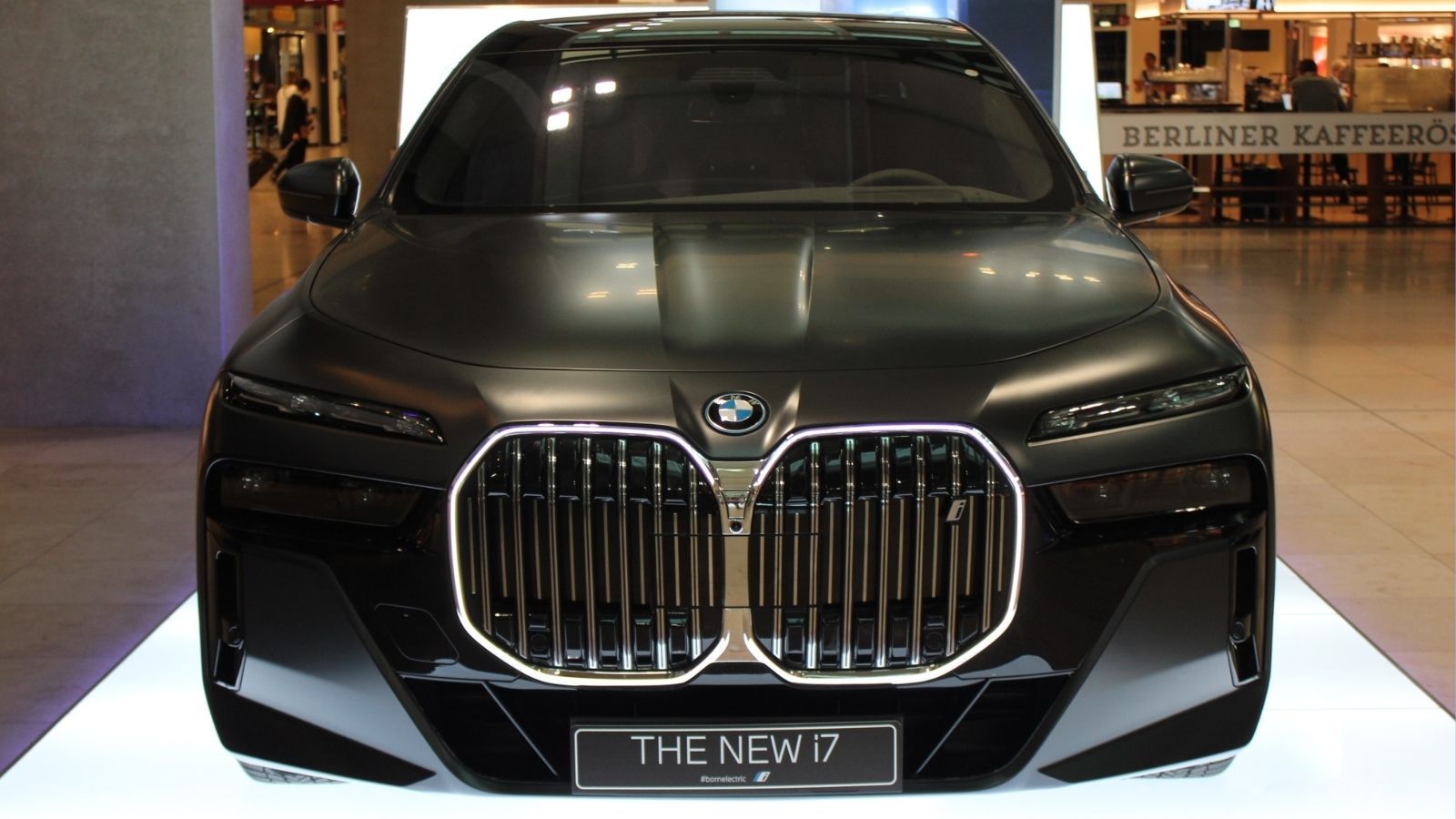
The 2002 BMW 7 Series redesign was polarizing, particularly the E65 generation. Designed by Chris Bangle, it featured a bold and unconventional design with a prominent trunk line called the “Bangle Butt.” The new iDrive system was also criticized for being too complex. Despite the controversy, this redesign set a new direction for BMW’s design language and influenced future models.
Mazda RX-8 (2003)
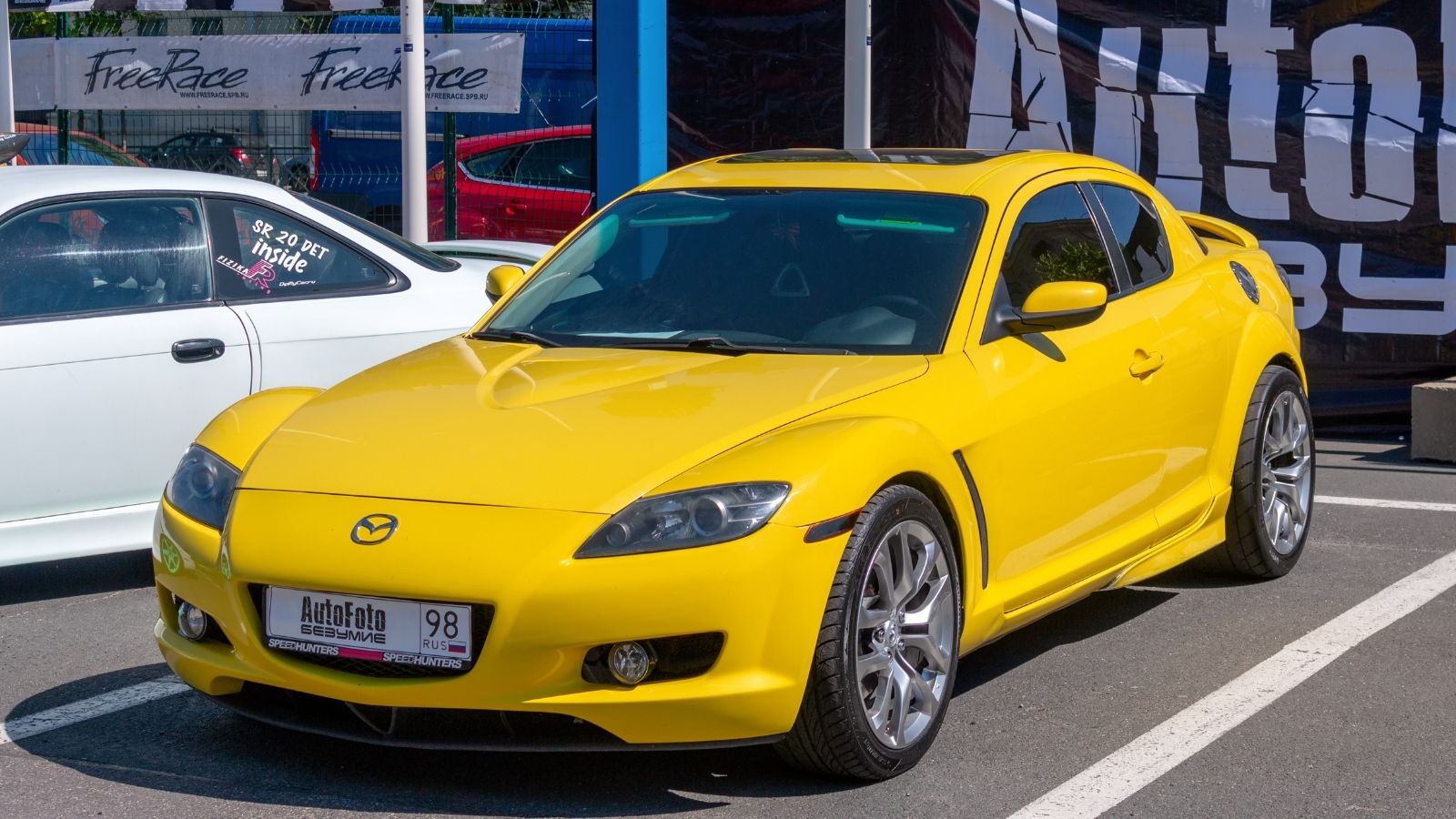
The 2003 Mazda RX-8 aimed to build on the legacy of the RX-7 with a unique, modern look. It featured a rotary engine and a four-door coupe body style with rear-hinged “suicide” doors. While enthusiasts appreciated its innovative design and driving dynamics, others were turned off by the rotary engine’s unconventional aesthetics and reliability issues.
Nissan Juke (2010)
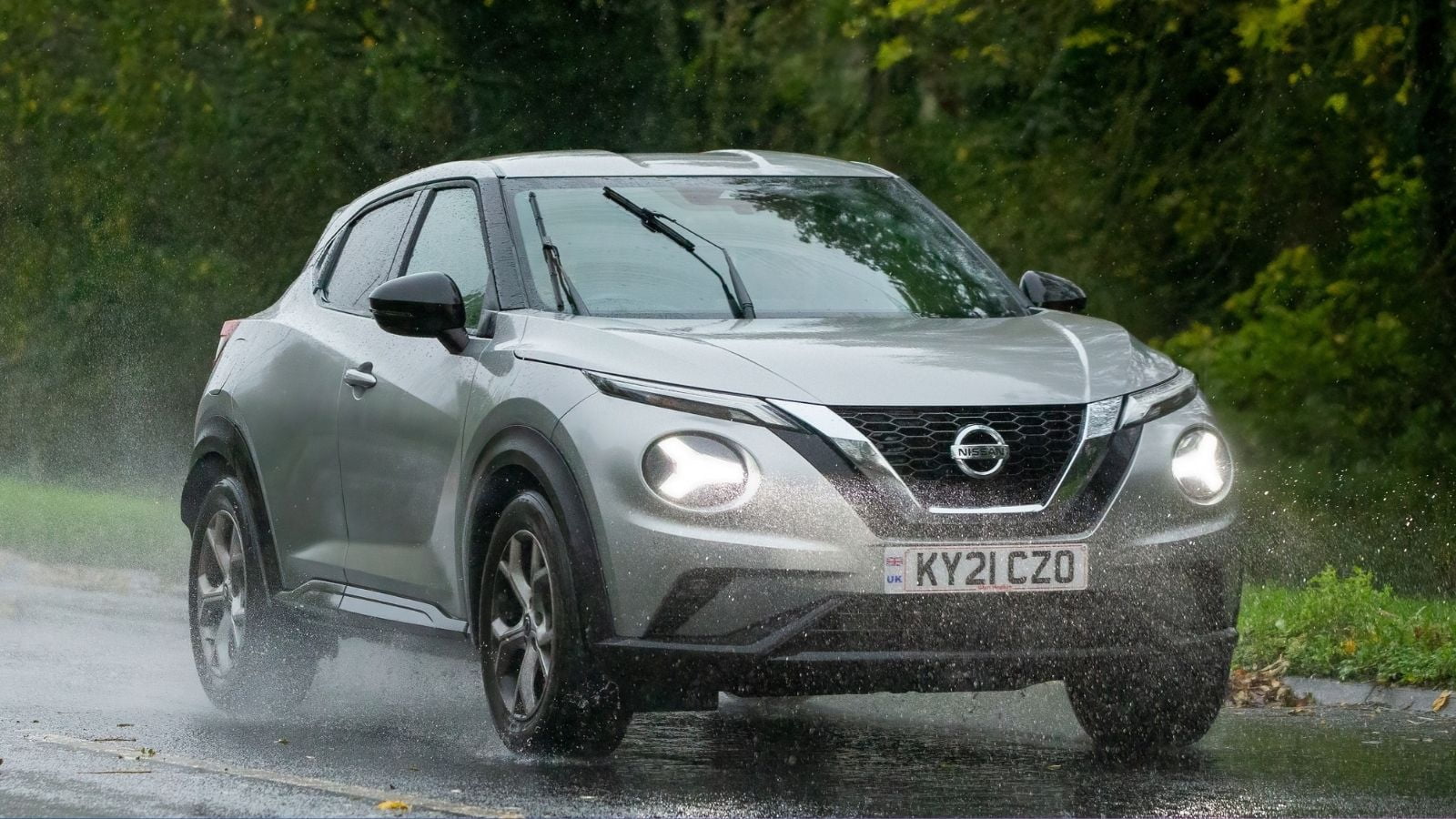
The 2010 Nissan Juke had a quirky, unconventional design that divided opinions. Its frog-like front end, with split headlights and a bulbous body, was a departure from traditional SUV styling. Some praised its boldness and unique character, while others found it unattractive. Despite this, the Juke found a niche market and was commercially successful.
Chevrolet Corvette (1984)
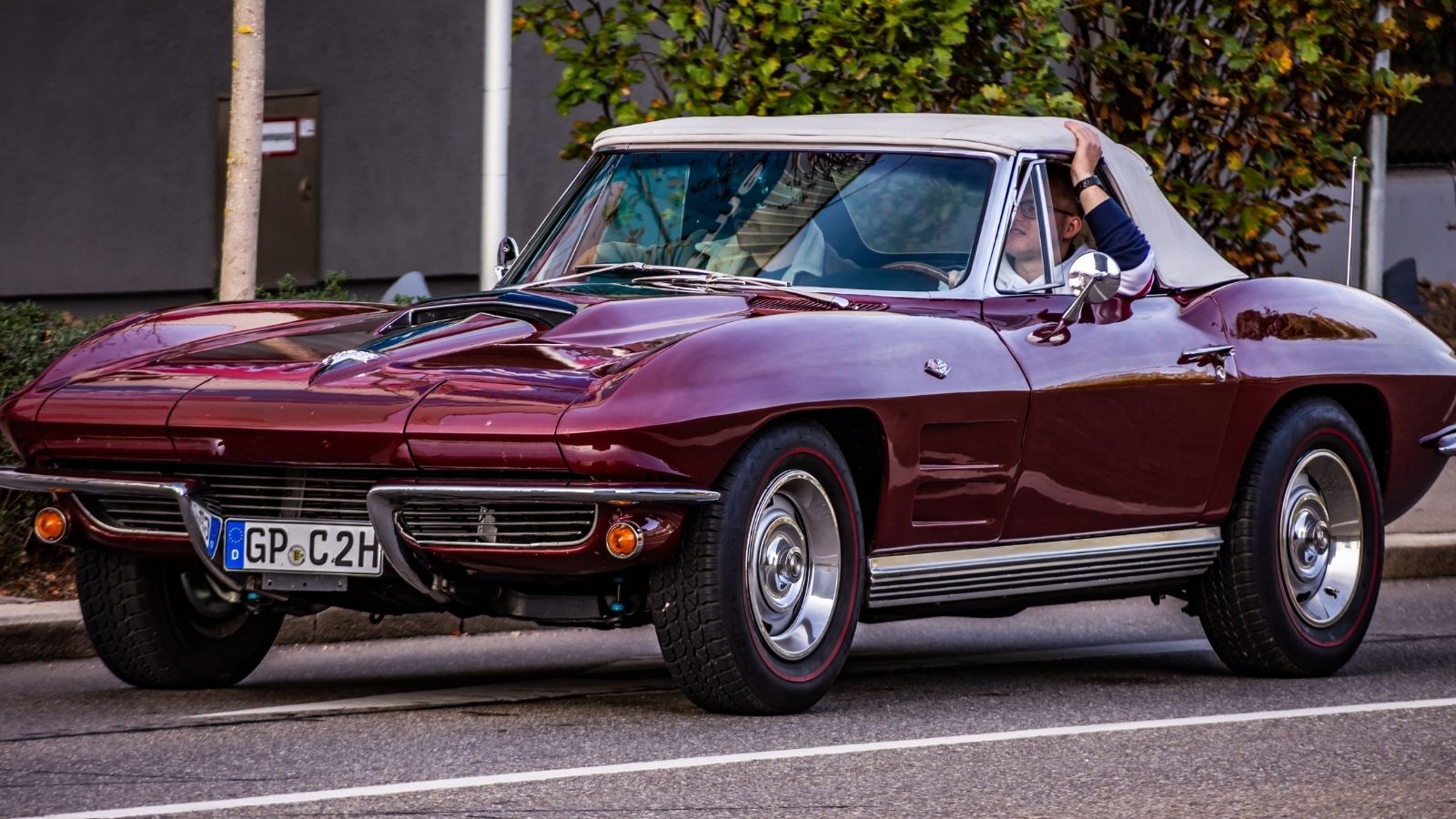
The 1984 Chevrolet Corvette redesign, marking the C4 generation, introduced a sleek, aerodynamic look that significantly changed from the previous model. The wedge-shaped body and digital dashboard were futuristic for the time. While performance improvements were appreciated, some enthusiasts felt the design strayed too far from the classic Corvette image.
Ford Thunderbird (2002)
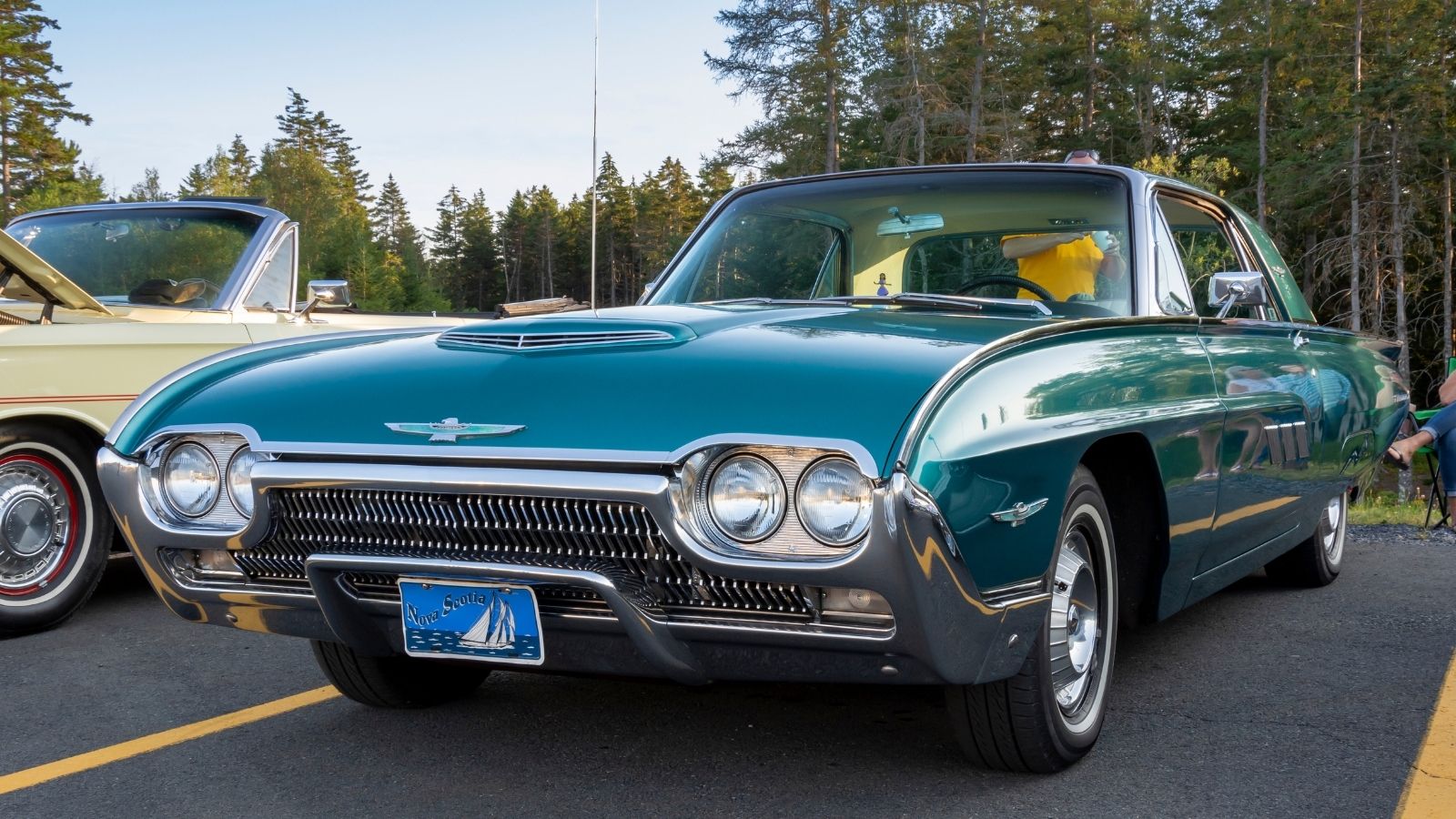
The 2002 Ford Thunderbird attempted to revive the classic roadster with a retro-inspired design. Some appreciated the nostalgic nod to the 1950s Thunderbird, but others criticized it for lacking innovation. The retro design did not resonate with younger buyers, and despite initial excitement, sales declined, leading to its discontinuation in 2005.
Toyota Supra (2019)

The 2019 Toyota Supra’s return was highly anticipated, but the redesign sparked controversy. Co-developed with BMW, it shared many components with the BMW Z4, leading to criticism from purists who wanted a more distinct, Toyota-engineered vehicle. While modern and aggressive, the new design differed significantly from the beloved MK4 Supra. Despite mixed reactions, the new Supra has been praised for its performance and handling.
Pontiac Aztek (2001)

The 2001 Pontiac Aztek is often cited as one of the most controversial and unattractive car designs. Its awkward proportions and unusual styling choices led to widespread criticism. Despite aiming to be a versatile and practical crossover, its design failed to appeal to consumers, contributing to Pontiac’s declining reputation and eventual discontinuation.
Fiat Multipla (1998)

The 1998 Fiat Multipla had a highly unconventional design with a comprehensive, boxy shape and a raised upper section for the front headlights. While intended to maximize interior space and practicality, it was widely panned for its unattractive appearance. Despite this, the Multipla was praised for its functionality and innovative use of space.
Honda Civic (2012)
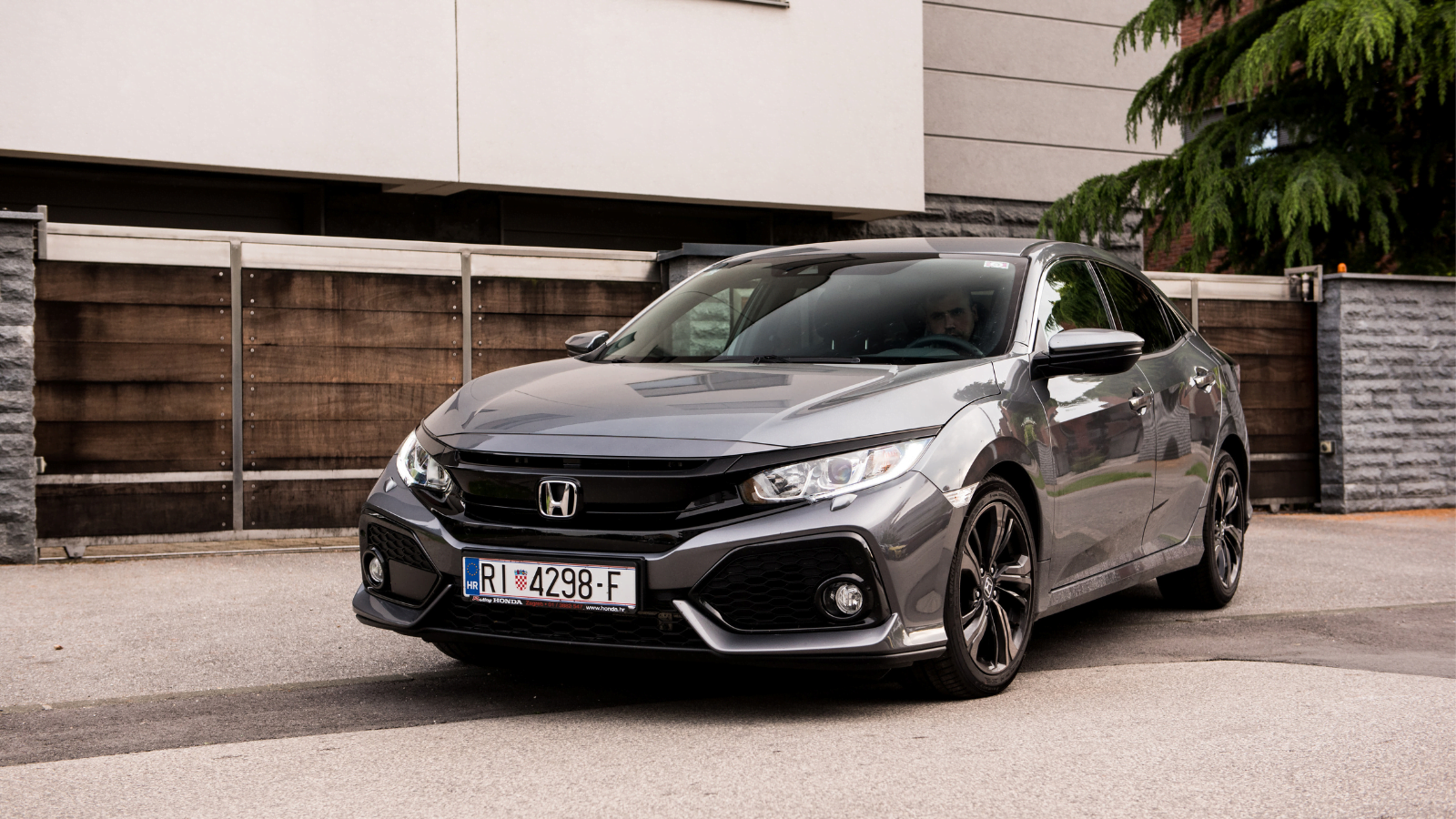
The 2012 Honda Civic redesign faced significant backlash from critics and consumers. The new model was criticized for its bland design, downgraded interior materials, and lack of innovation. The hostile reception led Honda to quickly refresh the Civic for the 2013 model year, addressing many criticisms and restoring its reputation for quality and reliability.
Chrysler Sebring (2007)
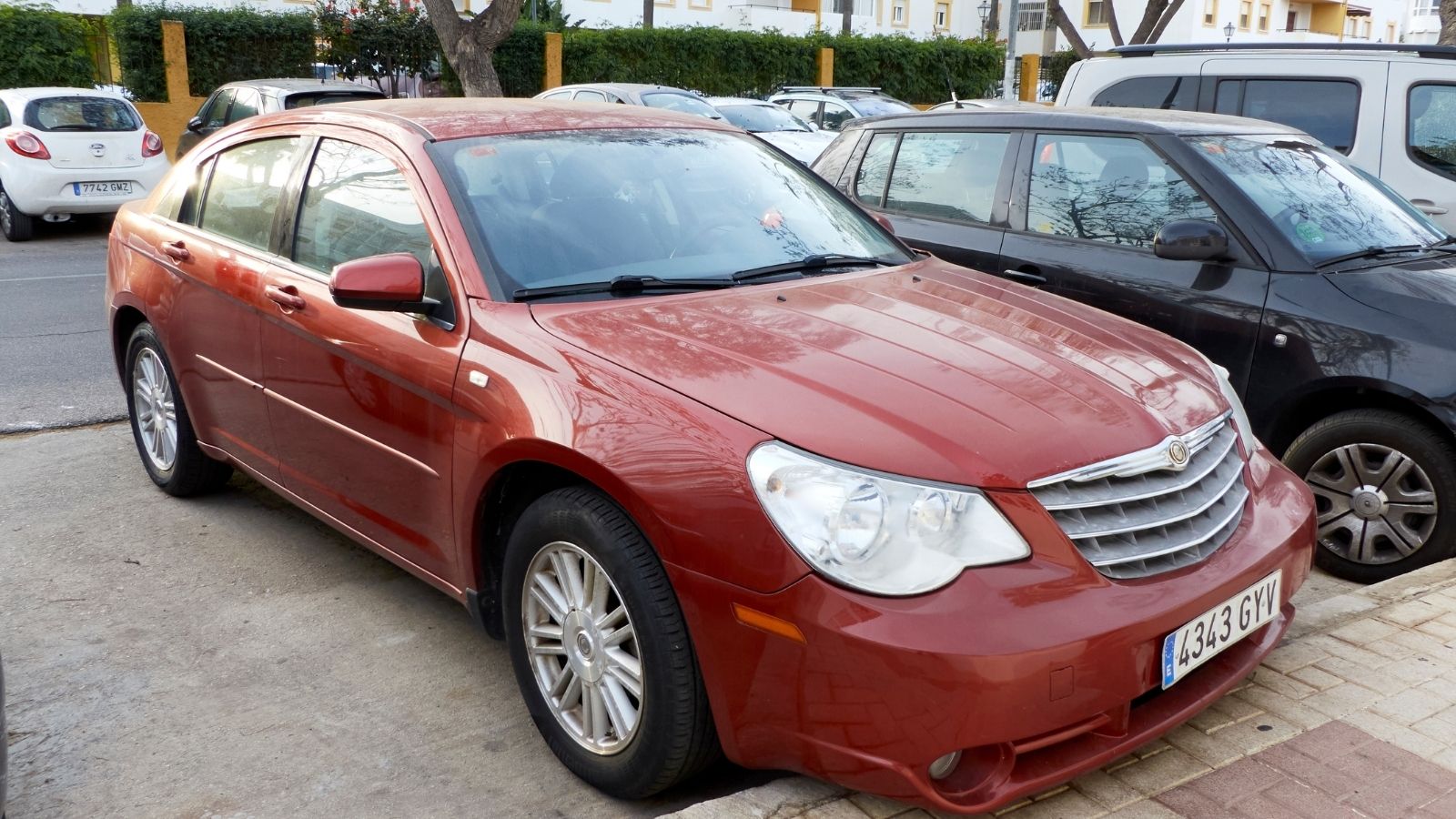
The 2007 Chrysler Sebring redesign aimed for a modern, distinctive look but was widely criticized for its awkward proportions and uninspired design. The styling could have captured market attention, especially its hood strakes and overly rounded shape. Coupled with poor performance and quality issues, the redesign contributed to Sebring’s lackluster sales and eventual discontinuation.
Acura ZDX (2009)
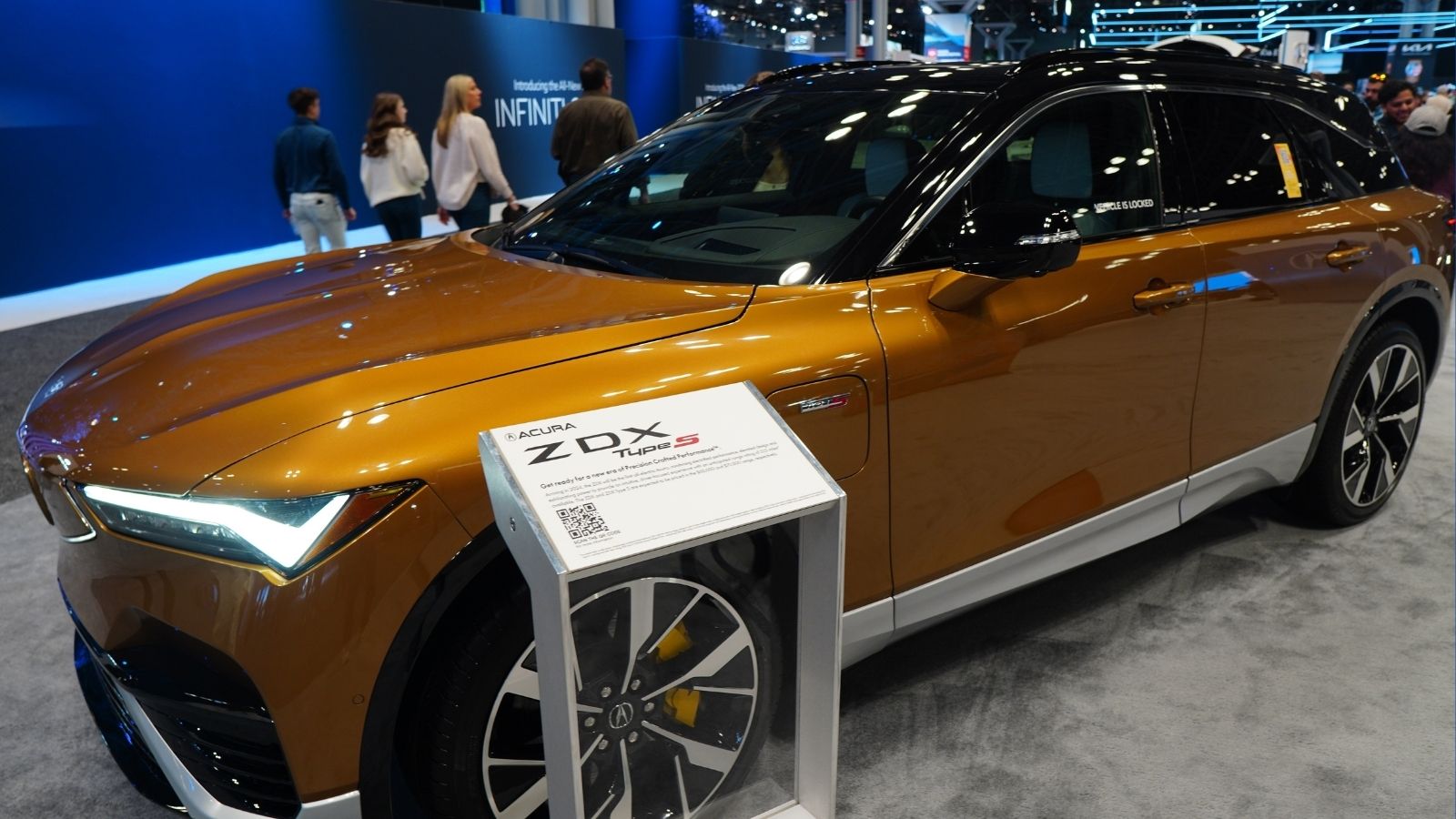
The 2009 Acura ZDX was introduced as a sporty crossover coupe featuring a bold, futuristic design with a sloping roofline. While the design was intended to stand out, it polarized consumers and critics. The ZDX’s limited practicality and unique styling failed to attract a broad audience, leading to poor sales and its discontinuation in 2013. Despite its commercial failure, the ZDX remains an exciting example of Acura’s design experimentation.
The 10 Most Reliable Car Brands According to Mechanics
![]() When choosing a car, one of the most crucial factors is reliability. But what exactly does it mean when we say a car is reliable? Reliability refers to the vehicle’s ability to perform consistently well over time with minimal issues. A reliable car requires fewer repairs, is cost-effective to maintain, and offers peace of mind to the owner. In this article, we delve into the ten most reliable car brands according to mechanics, explaining why these brands are trusted and highlighting endorsements from institutions, car experts, and reputable websites. The 10 Most Reliable Car Brands According to Mechanics
When choosing a car, one of the most crucial factors is reliability. But what exactly does it mean when we say a car is reliable? Reliability refers to the vehicle’s ability to perform consistently well over time with minimal issues. A reliable car requires fewer repairs, is cost-effective to maintain, and offers peace of mind to the owner. In this article, we delve into the ten most reliable car brands according to mechanics, explaining why these brands are trusted and highlighting endorsements from institutions, car experts, and reputable websites. The 10 Most Reliable Car Brands According to Mechanics
